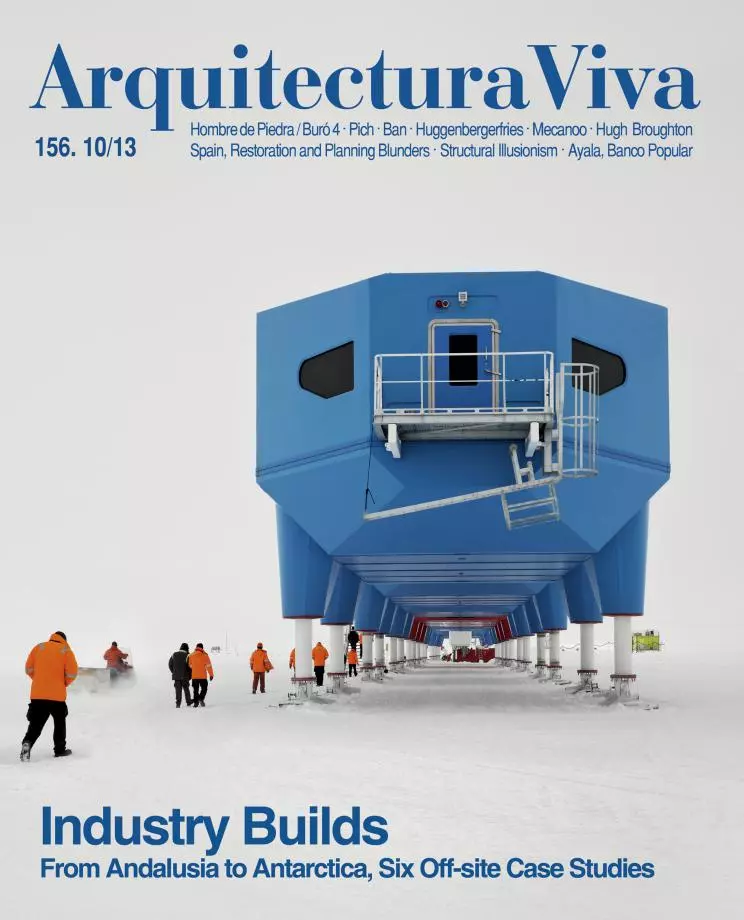
The prefabricated, light and transportable module has deserved a lot of attention and research in modern architecture, but today its presence is rather modest, not to say scarce. The account of this elementary type could perhaps begin with Charlotte Perriand’s shelter in the Savoy Alps (see Arquitectura Viva 139), continue with experiences in modular housing such as those of Wachsmann/Gropius, Marcel Lods or Jean Prouvé (see AV Monographs 149) and end, for instance, with Diogene, the technological cabin that Renzo Piano has completed this year for the designer and manufacturer Vitra (see Arquitectura Viva 154). The repertoire can now be extended with the solar-powered emergency shelter that IKEA has developed in collaboration with the United Nations High Commissioner for Refugees (UNHCR) to provide for the basic dwelling needs of that 10% of the world population that, according to the UN itself, lives in refugee camps today.
These emergency shelters are meant to replace the traditional tents used in these cases, which are climatically inadequate and don’t last too long in many contexts. The shelter proposed by IKEA, which accommodates five occupants, consists of laminate panels of polymeric material, very light, and fixed to a metallic framework of tubes, knots and stretchers. The thermally insulating effect of the panels – designed to last more than three years – can be complemented, if necessary, with a second textile layer with a reflective finish, separated a few centimeters from the roof to form a ventilated cavity that naturally releases thermal gains caused by solar radiation. All in all, the best feature of the module is its easy assembly: it can be set up in just four hours. This makes its transportation to faraway places feasible, as well as its installation in true emergency situations. Just like any other IKEA product, all the elements needed for assembly come in a flat-packed box, in this case measuring 2.5 x 2 meters.
The Swedish multinational furniture company has invested approximately 3 million euros in the project, and will try out the prototype with the 50 units it plans to set up soon at the Somali refugee camp of Dollo Ado, in Ethiopia.





